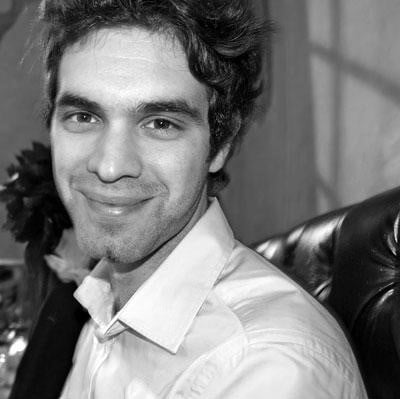Immersive Virtual Reality for Heritage and Museums
A special issue of Heritage (ISSN 2571-9408). This special issue belongs to the section "Digital Heritage".
Deadline for manuscript submissions: closed (31 March 2023) | Viewed by 12305
Special Issue Editors
Interests: WebXR; immersive VR; 3D interfaces; spatial user interfaces; social VR
Special Issues, Collections and Topics in MDPI journals
Interests: user experience; interaction design; web accessibility; user evaluation
Special Issues, Collections and Topics in MDPI journals
Interests: 3D modeling in cultural heritage; virtual reconstruction; virtual restoration; photogrammetry; virtual archaeology; medieval archaeology; virtual museum
Special Issues, Collections and Topics in MDPI journals
Special Issue Information
Dear Colleagues,
The recent advancements in immersive virtual reality experiences are creating fertile grounds and opportunities for crafting interactive applications for a multitude of scientific fields, including the heritage science domain.
Existing literature has already highlighted ongoing VR challenges related to technical aspects, such as 3D performance and effective interaction models for immersive VR, as well as communication aspects, such as information visualization, narrative strategies for VR interaction, and gamified experiences. Additionally, perceptive and sensorial aspects are currently being studied, such as the sense of realism, technological and content accessibility, as well as cognitive processes applied to the immersive experience of the 3D-reconstructed past.
Recently, in the cultural heritage domain, VR applications have been experimented with both in research and dissemination activities. For instance, in the archaeology domain, immersive VR has been used in scientific tools where data (digital replicas of artifacts and sites or virtual reconstructions) can be explored, analyzed, or realistically reproduced/simulated. Immersive VR as a learning tool is also employed to simulate on-field activities and to teach concepts regarding archaeological or restoration fieldwork. Currently, more and more museums and cultural sites are enriching their exhibitions with multimedia itineraries and immersive experiences, radically changing the way that heritage is communicated to visitors. Stakeholders aim at improving the educational offering, promoting VR applications and applied games directly in the museum or at home to engage visitors and communicate through a vivid and effective cultural experience.
As the COVID-19 pandemic affected—and continues to affect—our lives, social VR is also another research branch that is being increasingly investigated in the heritage science domain, bringing a new dimension to the interaction models developed for such experiences, alongside new challenges, issues, and visions.
The goal of this Special Issue is to attract academics and researchers dealing with immersive VR technologies for the heritage science domain, fueling innovative developments in such directions and discussing methods, techniques, and approaches to design, develop, and evaluate immersive VR applications, in order to draft future standards and toolkits for effective immersive VR experiences.
Dr. Bruno Fanini
Dr. Alfonsina Pagano
Dr. Daniele Ferdani
Guest Editors
Manuscript Submission Information
Manuscripts should be submitted online at www.mdpi.com by registering and logging in to this website. Once you are registered, click here to go to the submission form. Manuscripts can be submitted until the deadline. All submissions that pass pre-check are peer-reviewed. Accepted papers will be published continuously in the journal (as soon as accepted) and will be listed together on the special issue website. Research articles, review articles as well as short communications are invited. For planned papers, a title and short abstract (about 100 words) can be sent to the Editorial Office for announcement on this website.
Submitted manuscripts should not have been published previously, nor be under consideration for publication elsewhere (except conference proceedings papers). All manuscripts are thoroughly refereed through a single-blind peer-review process. A guide for authors and other relevant information for submission of manuscripts is available on the Instructions for Authors page. Heritage is an international peer-reviewed open access monthly journal published by MDPI.
Please visit the Instructions for Authors page before submitting a manuscript. The Article Processing Charge (APC) for publication in this open access journal is 1600 CHF (Swiss Francs). Submitted papers should be well formatted and use good English. Authors may use MDPI's English editing service prior to publication or during author revisions.
Keywords
- immersive VR
- WebXR
- 3D interfaces
- spatial user interfaces
- social VR
- user experience
- interaction design
- web accessibility
- user evaluation
- virtual reconstruction
- virtual restoration
- photogrammetry
- immersive archaeology
- virtual museums







